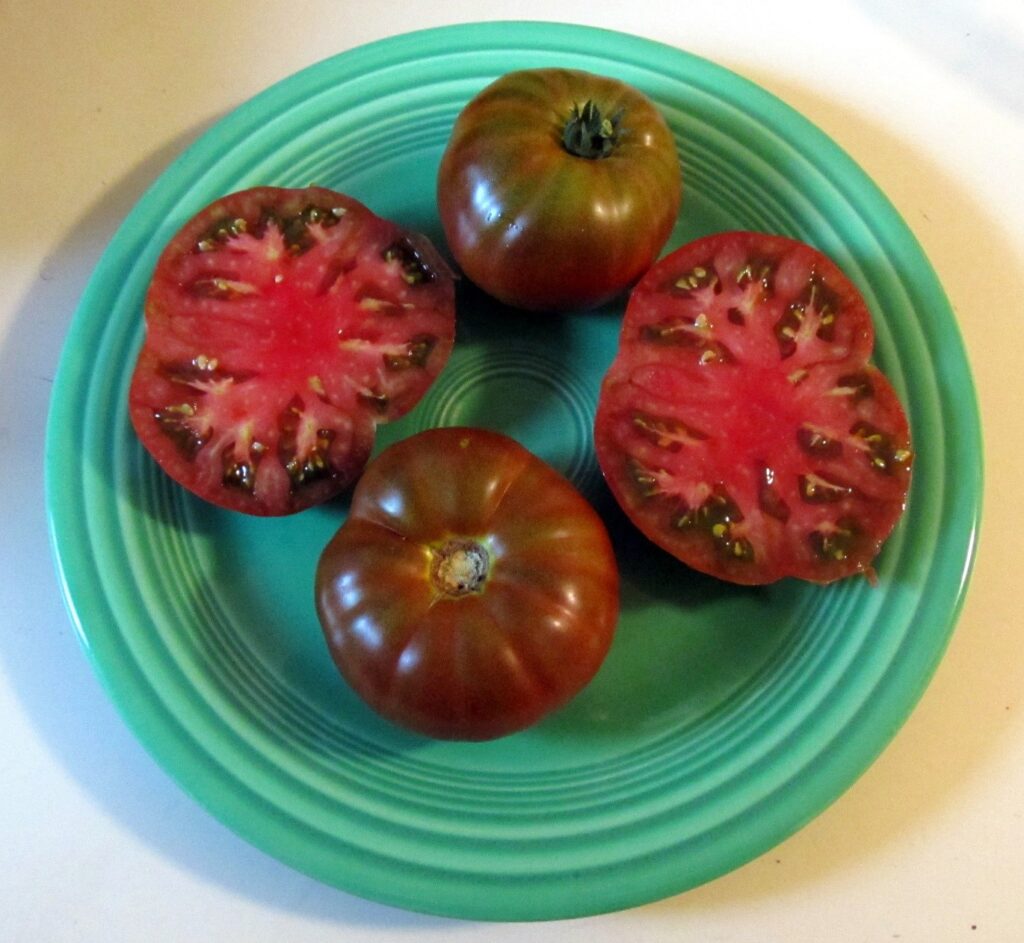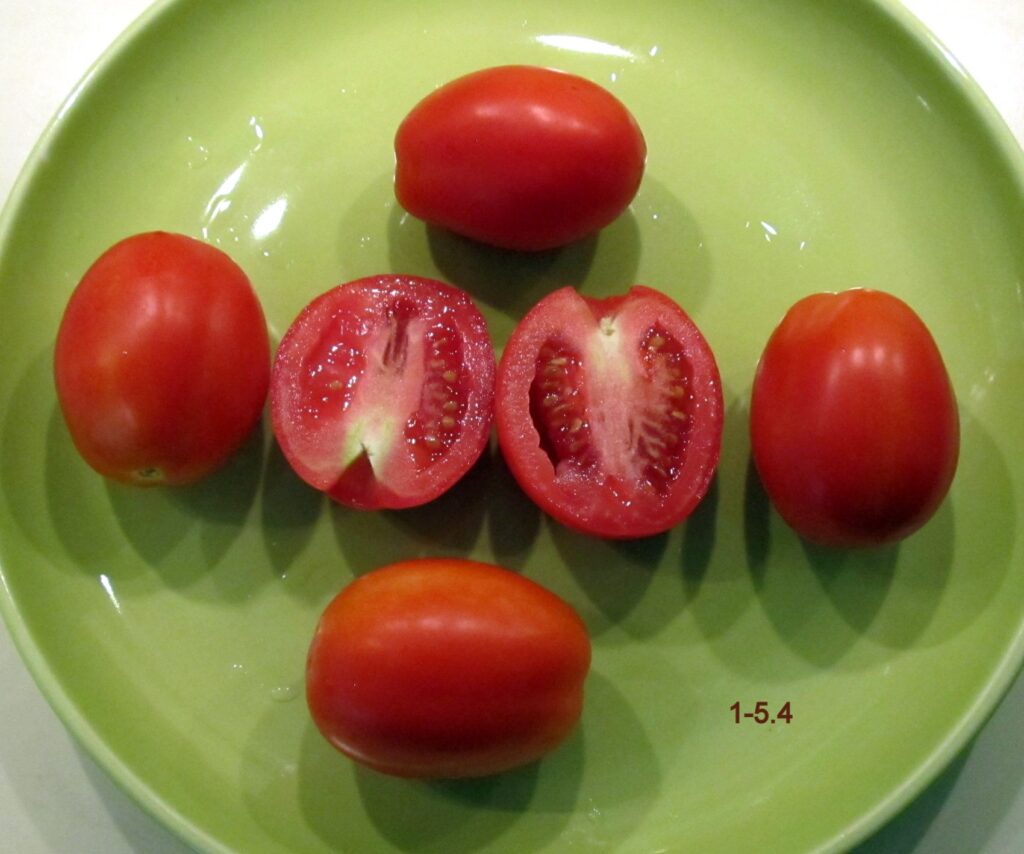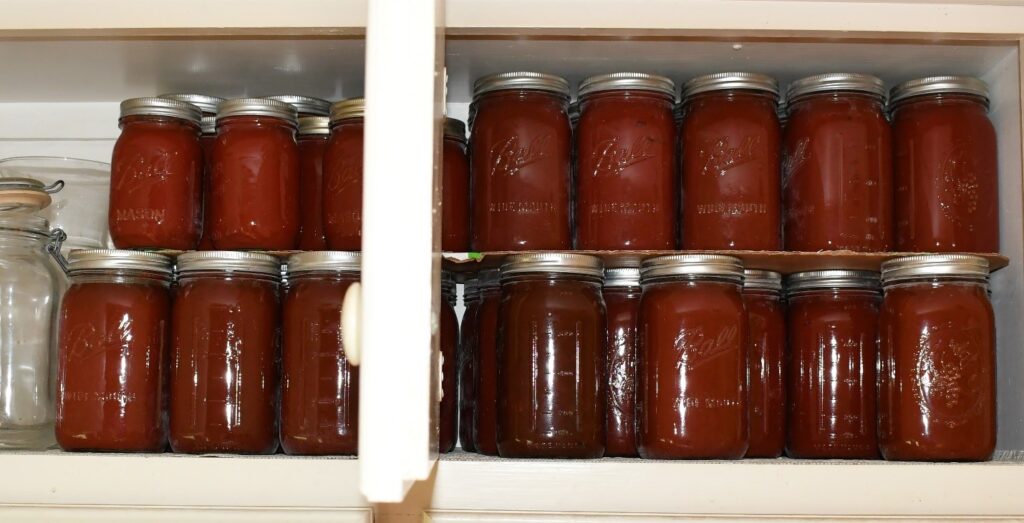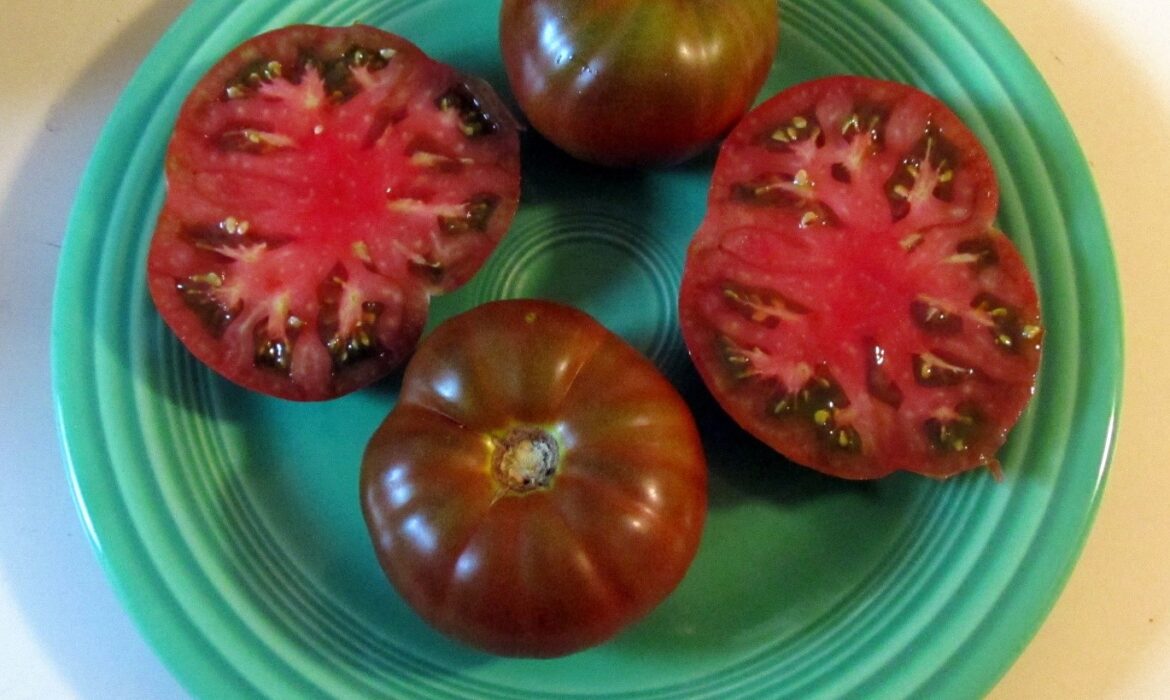By Howard Nemerov
In southeast Central Texas, where summers are death to tomatoes in the form of persistent heat and bugs, success here depends on starting seed in January. My tomatoes get potted up twice into #1 nursery containers, and have large, flowering plants ready for mid-March planting season. Spent plants get pulled by early July. I specialize in paste tomatoes.
Based on the recommendation in Texas Gardener Magazine, I trialed Big Mama, a hybrid paste variety that was supposed to be heat tolerant. Of eight seeds, 3 didn’t germinate. Three seedlings producing cotyledons but no true leaves, leaving 2 viable seedlings. That was only the beginning of Big Mama’s problems.

Big Mama was a big disappointment in the author’s Bastrop garden
Harvesting began in early May as a result of early heat, a good and bad thing for tomatoes. They ripen when weather warms, but sudden temperature increases can also bring Blossom End Rot (BER). In most cases, this is temporary as plants adapt by pumping more water into the fruit. But not Big Mama: worst BER of any variety this year.
Reimer Seeds’ Big Mama marketing says plants produce are “heavy yields of 5″ long by 3″ wide” tomatoes. Average fruit size was 4″ long and 1½” across, average weight 2 ounces. I replaced them with cowpeas in late May.
I’ve been fortunate to talk with Craig LeHoullier over the years about tomatoes and my breeding project. Craig authored Epic Tomatoes, co-manages the Dwarf Tomato Project, and is a tomato adviser to the Seed Savers Exchange. Here’s Craig’s take on hybrids and seed buying in general:
Seeds are complicated living entities. For best results, gardeners should seek out smaller companies that know and understand the varieties they sell, with in-house written descriptions based on direct experience. For the most positive gardening experience, understand how different varieties perform in your particular climate.
(Speaking of dwarf tomatoes, Honorable Mention goes to Tasmanian Chocolate (see below), a variety I’ve been saving seed from since 2017. Its smoky-sweet flavor makes it a favorite at our corner store.)

My main crop is a heat-tolerant variety called AlleyKatz, named after my wife’s jazz band Musikatz. I inherited a dehybridizing project from a fellow Seed Savers Exchange member, and have grown and selected the best performing plants since 2014. Big Mama’s value was showing how AlleyKatz is a promising new paste variety.

Big Mama began yielding 5 days after AlleyKatz. In this climate, earlier maturity is important. It produced little edible fruit: a total of ¾ of a pound over a 19-day period, compared to AlleyKatz’s 46 pounds, launching an early canning season in May.
AlleyKatz are sweeter, too. Which reminds me: Time to process the last batch of sauce, all reduced and ready for Ball jars. Just under 10 gallons this year, enough for many culinary trips to Italy for the next year (minus the airfare and COVID-19 risk).

Bio
Howard Nemerov is a member of the Bastrop County Master Gardeners Association, where he writes and speaks about tomatoes and native plants. A Life Member of Seed Savers Exchange, he’s been preserving heirloom vegetables and native plants, and developing a tomato variety more suitable for Texas.

